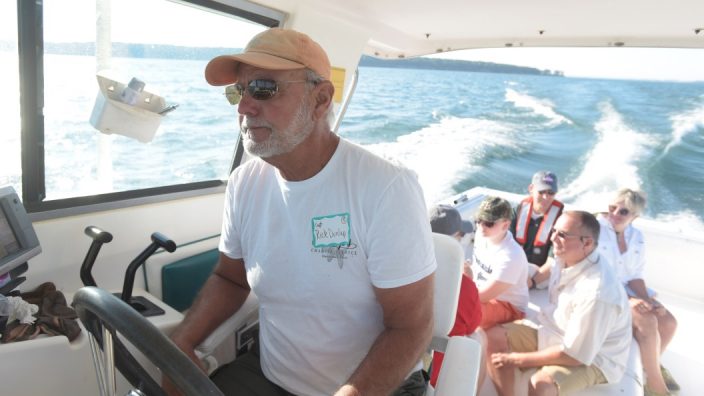Applications for Ohio Farm Bureau Health Plans now available
Members have three ways to apply: contacting a certified agent, calling 833-468-4280 or visiting ohiofarmbureauhealthplans.org.
Read MoreThe early bird catches the worm, but anglers who get up at the crack of dawn to participate in the governor’s annual Fish Ohio Day are far more interested in bagging the limit on walleye. This July celebrates the 38th year for the outing co-hosted by the Ohio Department of Natural Resources, Lake Erie Shores & Islands and the Lake Erie Charter Boat Association. Fishing is the lure but the focus is squarely on Lake Erie and its health, value and impact on Ohio’s travel and tourism industry.
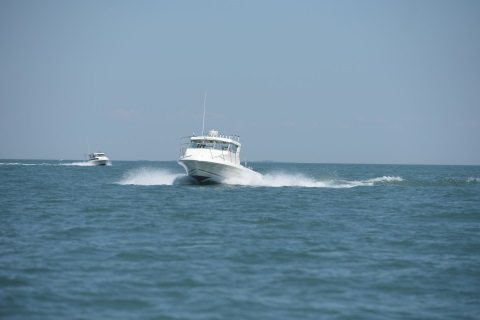 The guest list includes a cross section of influential decision and policymakers such as state and local legislators, county commissioners, mayors, media representatives, environmental advocates and fishing enthusiasts. They put themselves in the capable and knowledgeable hands of more than 30 charter boat captains who donate their time, talent and tackle to create a memorable half day of fishing in the western basin of Lake Erie. A portion of the catch is cleaned, filleted and fried up into tasty walleye bites and the remainder divided and packaged so everyone, even those who never felt a tug on the line, take home walleye, the kings of Lake Erie.
The guest list includes a cross section of influential decision and policymakers such as state and local legislators, county commissioners, mayors, media representatives, environmental advocates and fishing enthusiasts. They put themselves in the capable and knowledgeable hands of more than 30 charter boat captains who donate their time, talent and tackle to create a memorable half day of fishing in the western basin of Lake Erie. A portion of the catch is cleaned, filleted and fried up into tasty walleye bites and the remainder divided and packaged so everyone, even those who never felt a tug on the line, take home walleye, the kings of Lake Erie.
Limiting out is the brass ring, but the bigger issues addressed during the governor’s fishing day raises awareness and support for current concerns about Lake Erie, including the threat of Asian carp, escalating concern about responsible land use and how to manage algae blooms. Each one threatens the wellness of the lake. Together they have the potential of punching a hole in the state’s multibillion dollar tourism industry.
“We’re the walleye capital of the world, the best fishing anywhere,” said Dave Spangler, a 25-year veteran charter operator and vice president of the Lake Erie Charter Boat Association, which has 709 members statewide. Walleye, perch and bass fishing alone helped attract 1.1 million anglers in 2015, who spent $1.1 billion on fishing-related expenses. “This is an industry that supports another 7,000 related jobs such as lodging, charters, grocery stores, gas stations, marine supplies, bait and tackle stores and more as well as special taxes, licenses and other fees.

“Fish Ohio Day is fun,” said Spangler, “but it’s also an education for folks who may not know the good things – or the bad – happening in and around Lake Erie.”
At the 2016 outing, Lt. Gov. Mary Taylor bagged two walleye. She called the picture perfect day, “One you could put on a postcard,” but she was prouder to promote a partnership that demonstrates a widespread commitment to ensure the health of the lake.
In 2015, leaders from Ohio, Michigan and the Canadian province of Ontario signed an agreement to reduce the amount of phosphorous entering the Western Lake Erie Basin by 40 percent by 2025 with an interim target of 20 percent by 2020.
While the long-term outlook for the lake is promising, the season forecast is what participants wait patiently for each year.
“Everyone gets a look into the future on Fish Ohio Day,” said Spangler. Although a lot of the walleye caught during 2016 Fish Ohio Day measured under the regulation 16 inches (and were returned to the lake), it spoke of what anglers can expect in 2017. “The lake had two excellent spawning and massive hatchings in 2014 and 2015,” said Spangler, “so this summer, in a word, will be excellent.”
Statistics can measure the value Lake Erie has on economic development and tourism, but they can’t reflect the impact on the quality of life: memories of time spent on the lake, whether fishing, boating or playing in the sand. Fish Ohio Day encourages families to get hooked on fishing but also reminds of all that is at stake when it comes to the lake.
Know your limits
Whether an experienced or beginner angler, knowing the bag limits for Lake Erie species is important. Overfishing can compromise future yields. Get caught over the limit and get fined.
The economic impact of Lake Erie tourism
Lake Erie is a natural resource that is a vital component of Ohio’s economy. The quality of life contributions that result from its recreational use cannot be measured in dollars; however, there are many statistics that point to the economic value of its waters.
Here are some numbers from 2015:
• 694 Ohio-based licensed charter boat captains worked Lake Erie, according to the Ohio Division of Wildlife.
• Recreational fishermen enjoyed 608,205 fishing trips that resulted in 5.3 million pounds of walleye, yellow perch, steelhead trout and other species harvested. The commercial fishing harvest added another 4.5 million pounds of harvested fish.
• Lake Erie’s sport fishing expenditures top $1 billion annually, according to estimates from the American Sport Fishing Association.
• Ohio had 474,601 registered watercraft in 2015. This puts Ohio among the top 10 states in the country for boat registrations, according to the Ohio Division of Watercraft.
Source: Lake Erie Shores & Islands
Feature photo: Charter captain Rick Dunlap heads out in the western basin with Fish Ohio guests.
Photos by Nathan Parsons
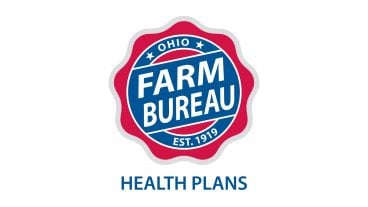
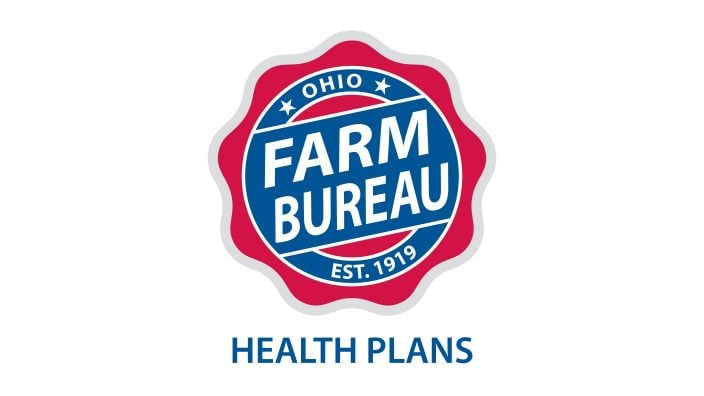
Members have three ways to apply: contacting a certified agent, calling 833-468-4280 or visiting ohiofarmbureauhealthplans.org.
Read More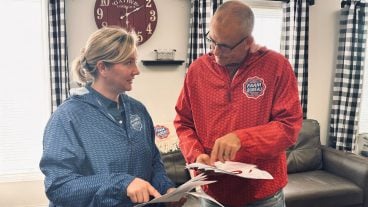
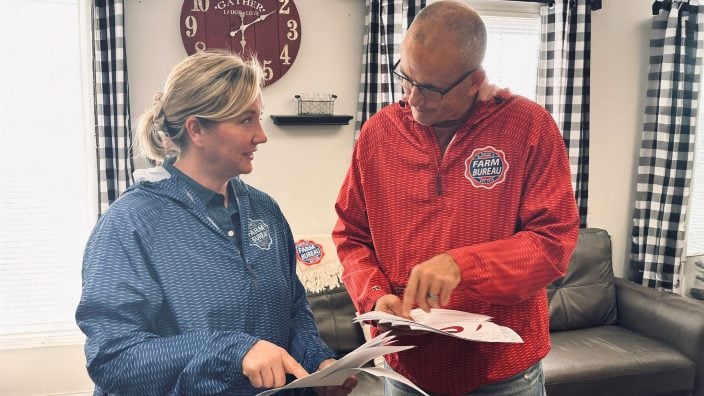
One of the best decisions Shannon and Heather Utter made a few years ago was looking into a Farm Bureau member benefit that has ended up saving them thousands of dollars on their energy bills.
Read More

Ryan Hiser has experienced first-hand the importance of having the opportunity to vote on issues that will affect his family operation and other farmers.
Read More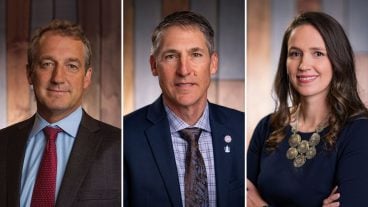
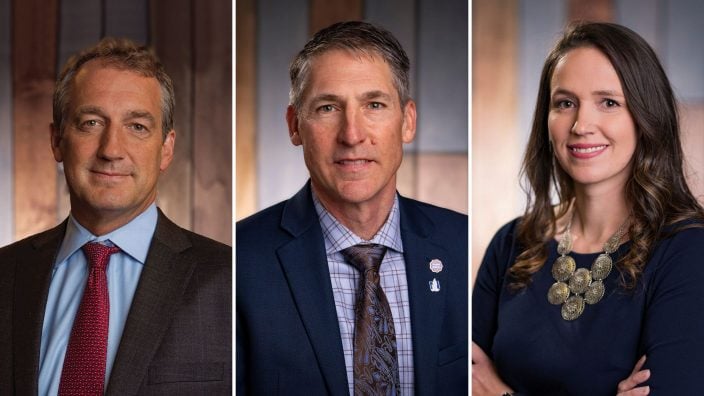
Bill Patterson, Cy Prettyman and Adele Flynn will continue to serve as officers for Ohio Farm Bureau Federation.
Read More

Delegates discussed many topics impacting agriculture including farmland preservation, local foods, and succession planning.
Read More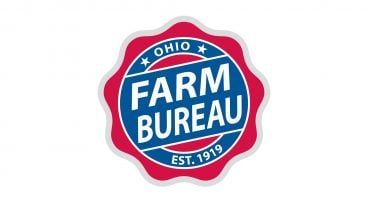
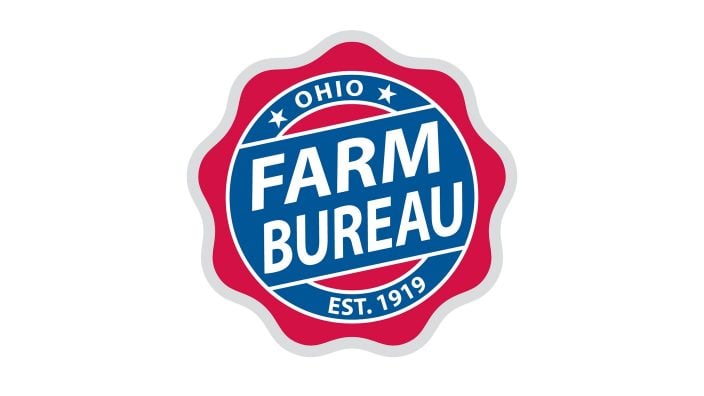
Twenty-six farmers govern the state’s largest farm and food organization.
Read More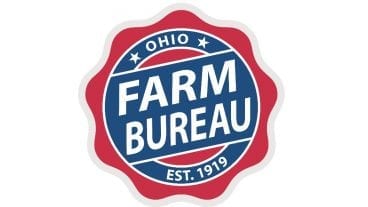

The 2025 recipients are Fred Cooke (posthumous) of Richland County, Marvin Dietsch of Williams County, Steven Knollman of Hamilton County and Michele Miller (posthumous) of Ottawa County.
Read More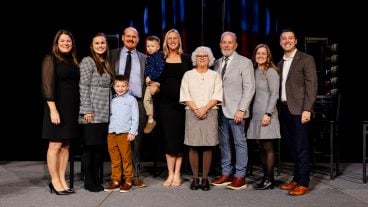
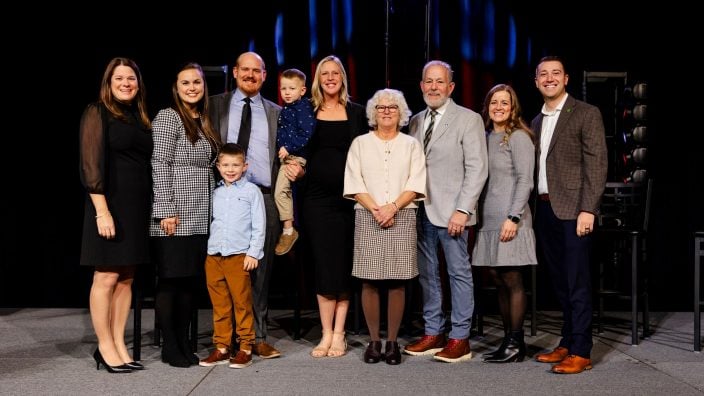
Nathan and Jill Parriman grow seasonal crops, including Christmas trees, pumpkins and cut flowers, providing U-cut experiences that invite customers to engage directly with agriculture.
Read More
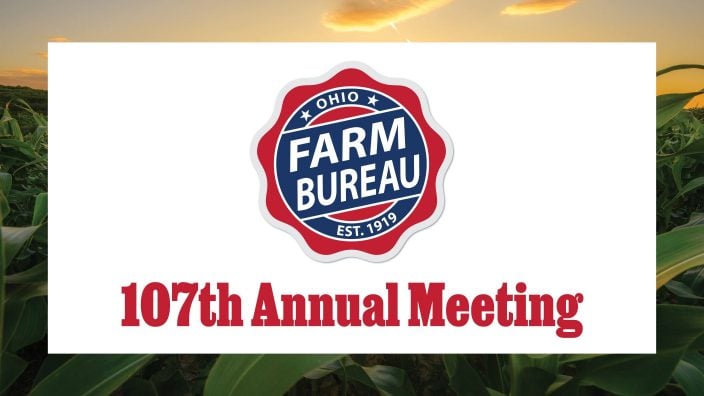
The 2025 Distinguished Service Award recipients are Craig Adams, Mike Townsley, and Kellogg Farms, Kurt Farms and Stateler Family Farms.
Read More

Ohio Farm Bureau Treasurer Adele Flynn participated in the meeting, representing Ohio farmers.
Read More